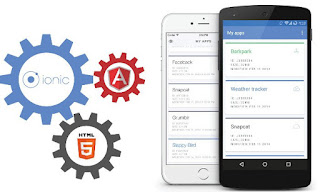After years of using Microsoft Windows, from the days of Windows XP
through to Windows 11 (though I'd be lying if I said I've actually
ever installed Windows 11 on my personal laptop), I've decided it's time for a
change. After a few months of distro hopping, I've finally found my
main Linux distribution.
I need something that works, is stable, has a
large community, and allows me to customise it to my liking. So, ladies and gentlemen, I
present to you: Linux Ubuntu 22.04.4 LTS Wayland.
Why the change?
There are a couple of reasons why I decided the permanet change, but there are three reasons that genuinly made me decide to sever the cord.
- Ads on Windows: I have been experiencing an inundation of ads on Windows 10. Ads are also strategically placed in your Windows 11 Notifications
and various places such as the Action Center, Taskbar, default apps, and
more. Often disguised as “suggestions” and “tips,” these ads show up while you’re using your computer or even configuring settings. Windows 10 also had ads directly in the Start menu, with promoted apps appearing as tiles that you had to manually remove. Honestly, it’s surprising that it took Microsoft this long to start adding ads to the Windows 11 Start menu as well.
- Loving the Linux environment: I've grown so accustomed to the Linux environment that the transition wasn’t difficult at all. Yes, the learning curve can be a bit daunting especially if you are not very technical or very resistant to learning and understanging the new environment. Anyway, that is why they have distros like Ubuntu, Linux Mint, Zorin OS, Pop!_OS to count a few. They offer a plug-and-play experience with a user-friendly environment, especially Linux Mint for those coming from the Windows environment.
- Last but not least and this was the last straw. I experienced a virus I think it was virus:Win32/Virut.BO or something like Trojan:Script/Wacatac that Windows Defender kept on blocking. This really put a good scare in me because I had some sensitive filed and some personal files that I wouldn't want to lose.
So here I am, happily settled with Ubuntu 22.04.4 LTS Wayland, ready for a more stable, customis*able, and ad-free computing experience!






